Among other things, I am currently trying to create a basic text editor which can open text files, edit them, and then save them. I have used this Tkinter dialogue for the GUI 'file manager,' but I was wondering if anyone knew the way to access the one that comes default on Windows?
Thanks!
Technical Things:
OS: Windows 7
Language: Python 2.7.3
EDIT 1
By the DEFAULT file dialogue, I mean the windows explorer dialogue:
I also use mac. Assuming that my application is cross-platform, would there be any way for me to have the program check what the os was, and then open either Finder or Windows Explorer.
I need the program to be able to save and open items in different commands. How would I do this?
